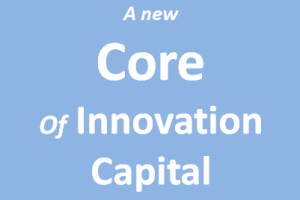
Innovation is vital to the energy system’s integration and operation design, and we need to further recognize its crucial role. I believe we undertake a radical transformation in the way we supply, transform, and use energy. This requires a profound transformation in technologies, systems, and infrastructure.
Innovation is made up of many enabling technologies that support energy. This complexity requires innovative approaches to be built in highly systematic ways. Its ultimate result is to offer innovation that can continually look for re-imagining new market designs and business models to stimulate the changes and solutions for our future energy transformation.
Innovation needs to be transformational, offer greater value than what it is replacing, show the real advantage, set out to achieve competitive gains and offer a higher level of sustainability, value and impact.
We need an innovative mantra for energy.
Energy is a vital part of any country’s ability to be competitive. Today half the world’s capital is invested in energy and its related infrastructure as it is the backbone of any industrial and urbanization strategy.
Our need is to keep pushing for discoveries, for experimentation, for demonstrating. We must nurture innovation, and we must continuously look for ways to facilitate its pathway. Continue reading “The crucial role Innovation must play in the Energy system”





